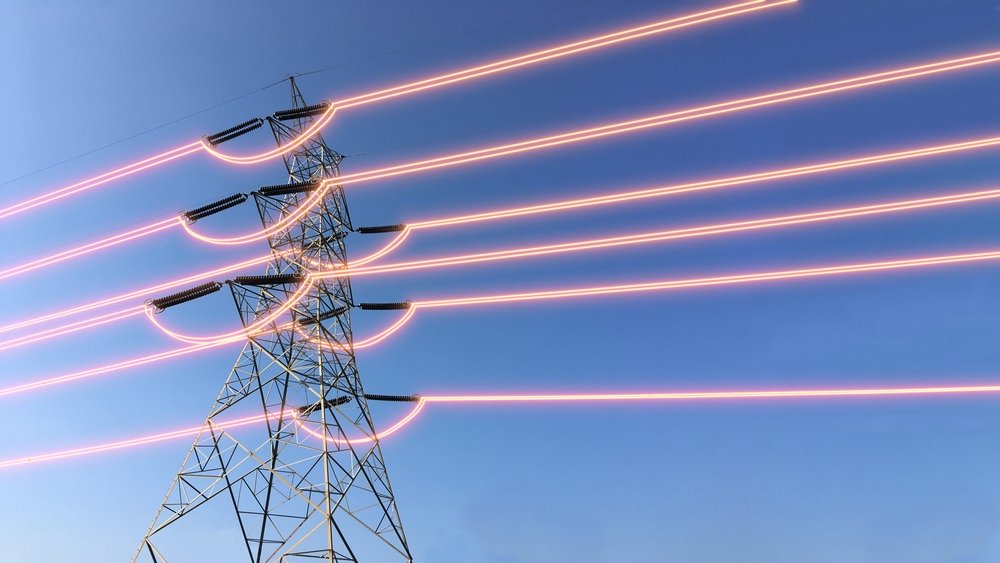Europe is locked in a dangerous race for the future of its energy supply. The solar boom is driving electricity generation to record highs, but the power grid is lagging behind. While new plants are coming online everywhere, there is a lack of infrastructure to safely distribute the energy. Without intelligent planning, a major blackout is a real threat. This fragile grid stability is thus becoming one of the biggest challenges of the energy transition. In this race between progress and overload, it is literally a matter of light or darkness. (bloomberg: 28.10.25)
Old Grids, New Risks
Solar power expansion is progressing rapidly. According to BloombergNENEF, over 69 gigawatts of new capacity were added in 2024 alone – more than four times as much as ten years ago. However, many power lines still date back to a time when electricity was generated centrally in large power plants. Now, millions of private and industrial systems are feeding electricity into the grid in a decentralized manner, placing a significant strain on the energy network.

Jan Vorrink, former head of the Dutch grid operator Tennet, aptly describes the situation: “The massive increase in solar power is pushing the system to its limits.” The control center used to be quiet, but now flashing warning lights regularly indicate overloads. The technological race is exacerbating the problems daily.
The Race Against Voltage
Voltage spikes have become commonplace for European grid operators. In 2024, the Entso-e association registered more than 8,600 instances where the permissible limits were exceeded – an increase of more than 2,000 percent since 2015. In Spain, such an incident in the summer led to a nationwide power outage affecting over 50 million people in Spain and Portugal.
Investigations revealed that the sudden shutdown of many solar power plants caused the voltage to rise even further. “We can still control it, but it remains difficult,” explains Vorrink. The race between generation and stability leaves grid operators with little time to breathe.
Market Distortions Due to Too Much Sunshine
Not only the technology, but also the market is becoming unbalanced. When the supply of solar power exceeds demand, prices fall below zero. In 2023, more than one in twenty trading hours in Germany were already in negative territory. Operators then sometimes have to pay to even be allowed to feed electricity into the grid.
50Hertz CEO Stefan Kapferer warns: “Europe continues to invest massively in solar capacity, even though demand is stagnating. That doesn’t make sense.” During peak times, Germany had to import electricity from Poland to prevent overloads. If the trend continues, controlled shutdowns of individual regions are threatened to avoid costly damage to transformers.
New Technology for Greater Grid Stability
Maintaining grid stability is now the focus of many grid operators. Germany and Italy are investing in so-called synchronous compensators – huge machines that use rotating masses to compensate for voltage fluctuations. Modern inverters in solar power systems could also help, provided their software is adapted to the grid conditions.
Liverpool provides an example: there, a compensator costing £25 million stabilizes the local power grid. This technology may soon be necessary throughout Europe to ensure system stability. Spain did not have a single one of these systems on the day of its blackout – a crucial factor in the disaster.
Europe’s Race for the Future
While China and the USA are generating more electricity from solar energy, demand there is also growing due to industry and data centers. In Europe, however, demand is falling, especially since the energy crisis. This is increasing the pressure on the power grid. At the same time, the EU is aiming for a 90 percent reduction in emissions by 2040. Without a massive expansion of solar energy, this goal is unattainable.
But the energy transition remains a race against time. Australian energy expert Mehdi Ghazavi Dozein warns: “The path to 100 percent renewable energy is possible, but only with precise planning. Spain’s recent major power outage will not be the last.”
A Race Europe Cannot Afford to Lose
The race between expansion and security will determine the future of Europe’s energy supply. Only through intelligent grid modernization can we prevent overloads from becoming permanent risks. The solar boom has electrified Europe, but without technical adjustments, costly setbacks are inevitable.
Europe must win this race – before the lights go out.
